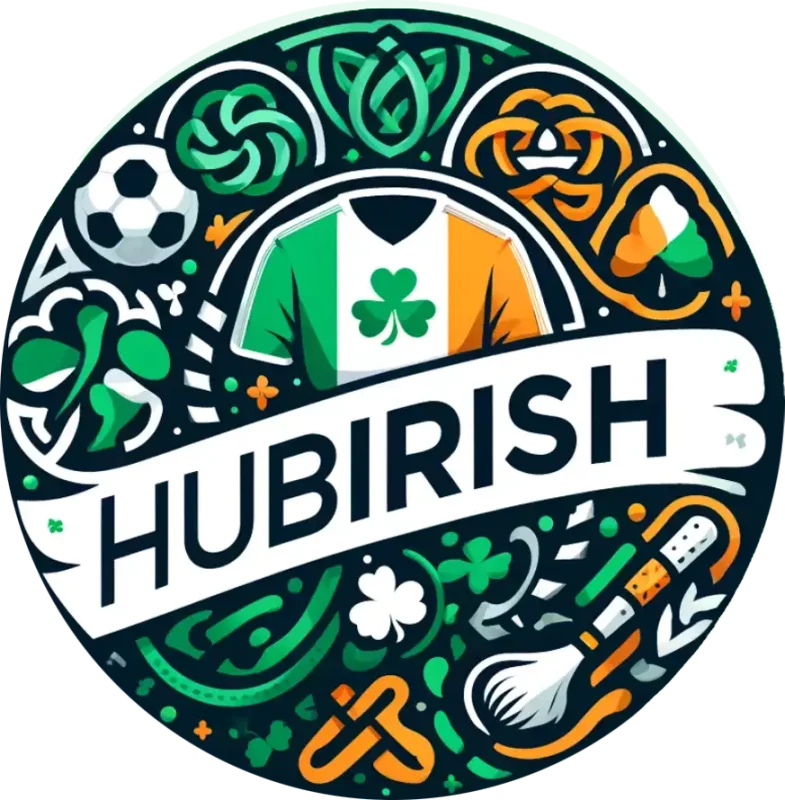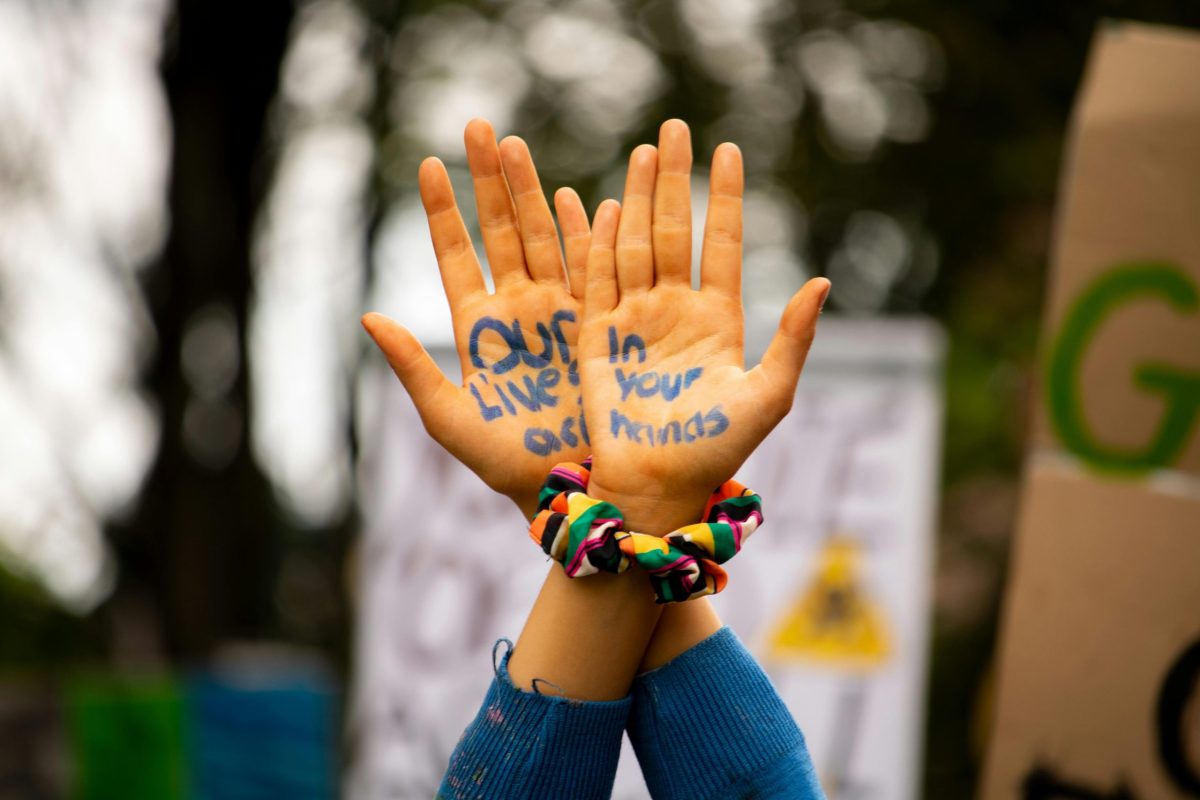Uncategorized
The night GAA fans stormed the pitch
The Night the GAA Fans Stormed the Pitch and Turned History on Its Head
Estimated reading time: 5 minutes
- The unforgettable atmosphere of GAA fandom.
- The historical significance of the 1980 All-Ireland Final.
- The deep connection between sport and Irish identity.
- The legacy of passionate GAA supporters.
- The importance of community in the GAA.
- The Charge of the GAA Legion
- Sport, Politics, and Identity
- A Continual Legacy
- Did You Know?
- The Future of GAA: Always a Community
The Charge of the GAA Legion
It was a night like no other, echoing with the raucous roar of passion and the unmistakable clang of disappointment that resonates so strongly in the heart of any true Irish sport fan. This wasn’t just a game; it was a battlefield drenched in the history of our land, layered with the weight of our identity. The pulsating excitement of GAA fandom reached its crescendo on a night when emotions boiled over, and fans, driven by a fervor that could stir the very bones of our ancestors, surged onto the pitch and changed the course of a game—and perhaps history itself.
One particular night, marked in the annals of Irish sport, serves as a prime example: the infamous All-Ireland Final in 1980. Just picture it: the stadium pulsating with raw energy, the scent of excitement thick in the air, flags waving like battle standards, and the tension palpable enough to cut with a knife. But it was a match filled with controversy. With a fraying scoreline and a referee’s decision that sent die-hard supporters into a frenzy, reality took a backseat, and passion commandeered the pitch.
In a moment resembling a scene straight from a political rally or revolution, fans flooded the pitch, breaching the boundaries of expectation as they charged forward like a wave crashing against the shore. Suddenly, we weren’t just spectators; we were participants in a pageant of defiance—a declaration that the GAA was more than a sport; it was our lifeblood, our shared history, and sometimes, our force against bleakness.
Sport, Politics, and Identity
The spirit of the GAA is inextricably linked to our nation’s political landscape. As fans stormed that pitch, they were not just rebelling against a perceived injustice in a game; they were manifesting years of pain, disappointment, and, yes, a defiance that echoes through the very heart of Ireland. Many fans wore their county jerseys not just to support their teams, but as symbols of pride and identity. The GAA, originating from humble beginnings in the late 19th century, became a central player in uniting a turbulent and divided nation.
While I wax poetic about that night, one must acknowledge how it casts a long shadow over many moments in Irish history. The turmoil of the Troubles, the rise of republicanism, and the intense struggle for freedom intertwined with the energetic and spirited gatherings at local GAA clubs. For many, these clubs became havens—places where “sinn féin” could transform into “that’s the one to watch!” over a pint.
The iconic view of thousands of fans charging the field evokes memories of the Easter Rising in 1916. That same spirit of revolution—of standing up against the odds—is replayed every time we lace up our boots or tighten our headbands while donning our county colors. Whether it’s a child wearing a GAA jersey at a local club or a father recalling his own glory days on the field, the impact of sport on our identity cannot be underestimated.
A Continual Legacy
Fast forward to today—every time a fan wears a retro Cork GAA retro jersey or sports the colors of the mighty Kerry or the fierce Galway, it’s not just about pride in a past victory. It’s about honouring those who stormed the pitch in days gone by. The legacy of that pivotal day lives on with each goal scored, every minor triumph celebrated in communities across the globe.
For the Irish diaspora, sporting pride persists, often evoking nostalgia that connects families to home. Fans abroad might find themselves in a crowded pub, surrounded by fellow expatriates, all sporting their GAA jerseys and chanting for their beloved county, firmly rooted in their Irish identity despite the physical distance. It’s in these moments that you feel the heart of Ireland beating strong—reminding us that our stories, struggles, and triumphs are shared, no matter the miles.
Did You Know?
- Many believe the spirit of camaraderie in GAA clubs is built from traditions dating back to the Gaelic revival in the 19th century, when community identity was forged through sport.
- It’s said that nearly 60% of the Irish population actively engages with GAA, whether through participation or as fervent supporters.
- The GAA originally intended to create an independent Irish identity that distinguished itself from British sports—an ethos that holds firm today.
The Future of GAA: Always a Community
In conclusion, ‘the night the GAA fans stormed the pitch’ is about much more than sport; it reflects the very essence of our Irish spirit—our pride, our defiance, and our will to celebrate in the face of adversity. With every cheer echoing through the stands, we’re not just supporting a game; we’re standing with each other, united by blood, sweat, and the glorious green and gold of our jerseys.
As we look to the future, the stories of the pitch will continue to unfold. Each game is a chapter in our collective history, and every fan is a custodian of that legacy. Let’s carry the torch of our past with pride, echoing from the Cliffs of Moher to crowded bars in Boston, where every chant and celebration rings out loud and clear: we are Irish, and we are GAA.
So, whether you’re in the stands or living halfway across the world, remember the power of your GAA connection and share it with someone today. And if you need a new jersey to represent your county’s colours, check out our GAA jerseys to wear your heart on your sleeve!

